If you’ve ever wondered why BMX seats are angled upwards, you’re not alone. I’ve received numerous inquiries about this very topic.
The upward tilt of a BMX seat serves multiple purposes. First, it provides greater clearance when pedaling, making your ride smoother.
Comfort is another key factor. The angle enhances your seating position, particularly when executing tricks like hang 5s or hang 10s.
Speaking of tricks, an angled seat significantly improves control. It makes techniques like seat grabs, toboggans, barspins, and suicide no-handers easier to perform.
Lastly, let’s not forget the aesthetic aspect. An angled seat simply makes the bike look better.
So, whether you’re into BMX for the tricks, the comfort, or the style, the seat angle plays a crucial role in your riding experience.
Impact on Rider Comfort
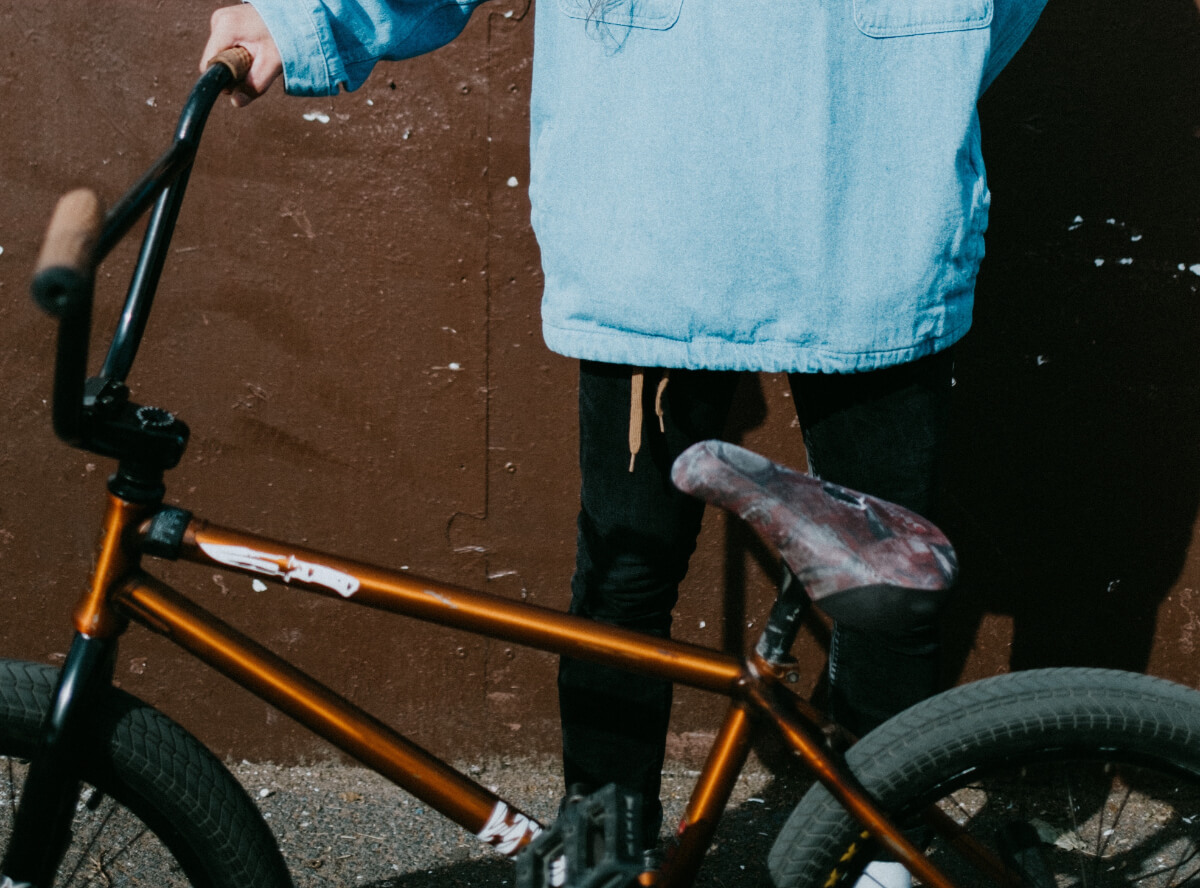
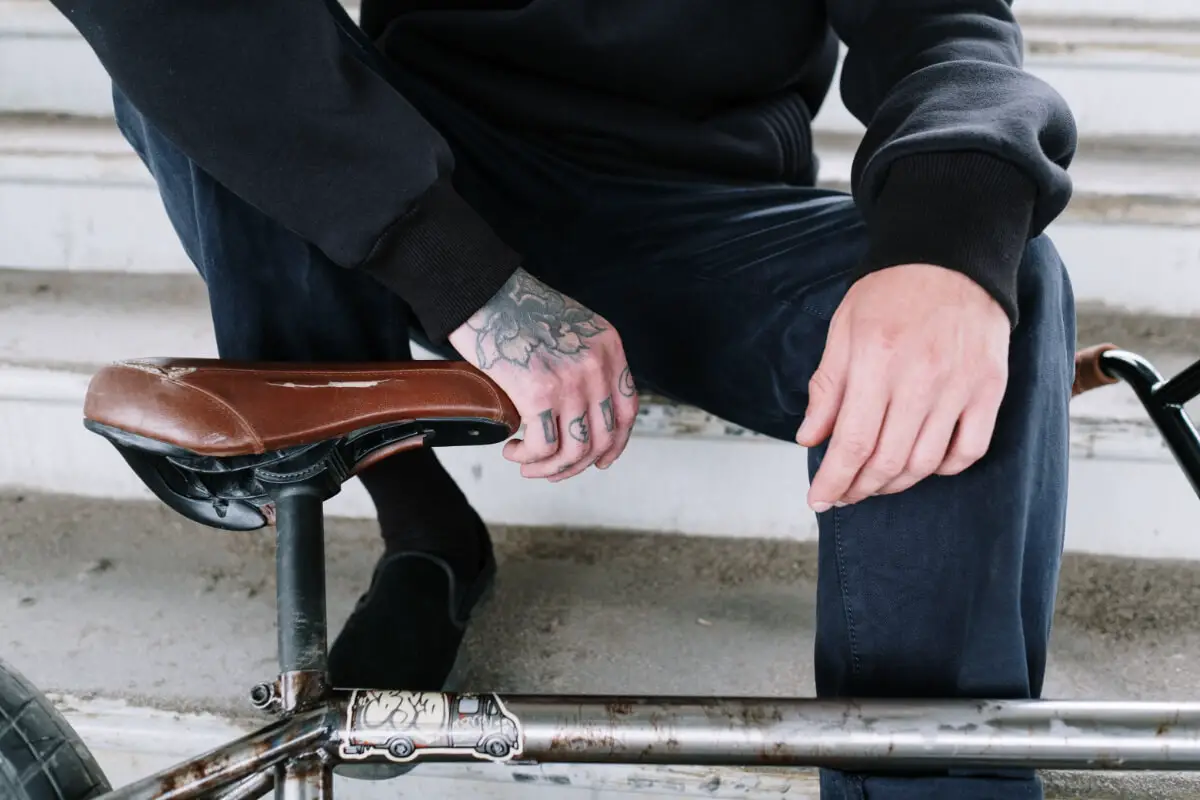
BMX seats angled upwards offer several benefits for rider comfort. First, the upward tilt helps in better weight distribution. It allows the rider to shift their weight more easily, reducing pressure on the lower back and enhancing overall comfort.
Second, the angle promotes better posture. Riders are encouraged to lean slightly forward, aligning the spine and reducing the risk of back pain. This posture also aids in better control and balance, especially during tricks and jumps.
Finally, the angled seat provides a natural groove for the sitting bones. This reduces the chances of saddle sores and discomfort during long rides or intense BMX sessions.
Influences on Bike Control
An angled BMX seat has a significant impact on bike control, particularly with spinning tricks. The upward tilt allows for greater freedom of movement and control, enabling the rider to easily shift their weight for optimal control.
Additionally, the angled seat design encourages the rider to engage their core muscles, enhancing stability and control. Riders feel encouraged to grip the saddle with their knees, improving control over the middle of the bike.
In essence, an upward-angled BMX seat not only enhances comfort but also significantly improves bike stability.
Trick Execution with Seat Angle
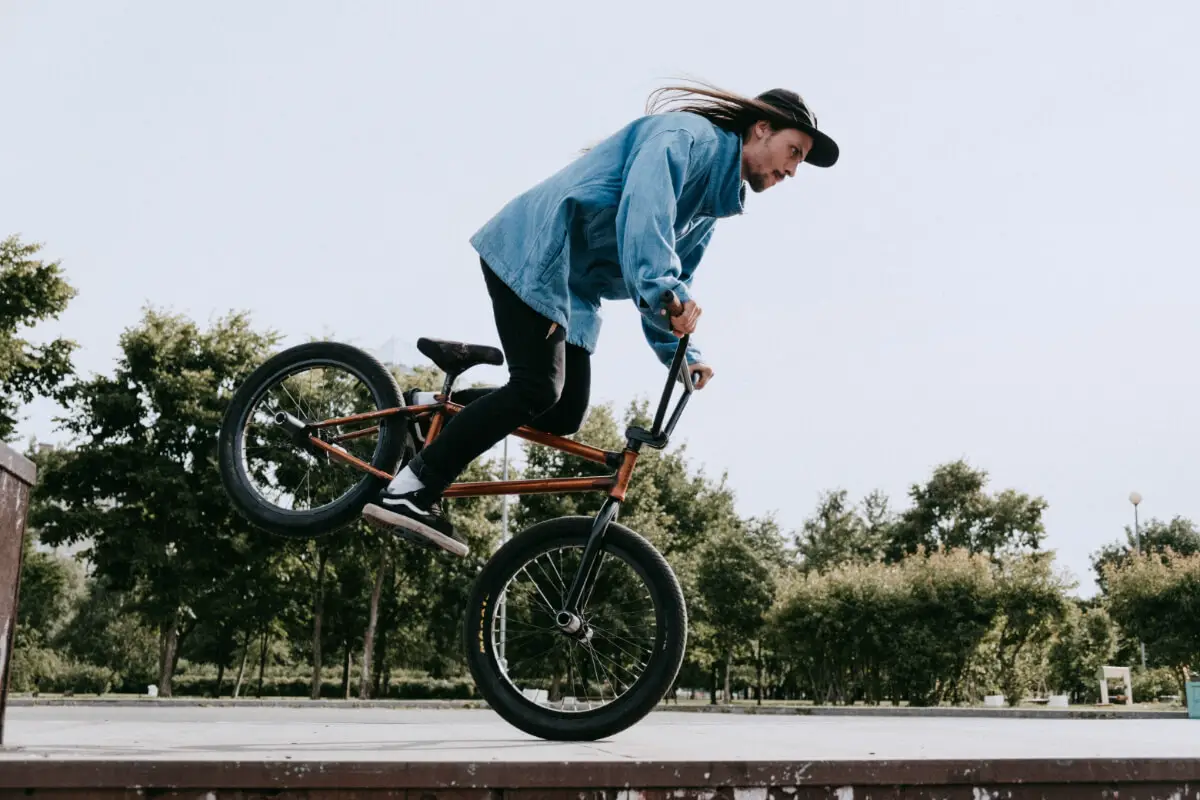
The angle of a BMX seat plays a pivotal role in the execution of tricks. One of the key advantages is the ease of “pinching” the seat between the knees.
This technique is often used in tricks like barspins and taboggans, where the rider needs to keep the bike under control while airborne. The upward angle of the seat makes it more accessible for the knees to grip, providing better control during the trick. Many riders will also slightly increase the seat height to help with this.
Another benefit is the seat’s role in “popping” maneuvers. An angled seat allows the rider to use it as a leverage point for initiating jumps or bunny hops. The angle helps in generating upward force, making it easier to lift the bike off the ground. Again the knees are a big help here.
The seat angle also facilitates better body positioning during aerial tricks. It encourages a forward-leaning posture, which is essential for maintaining balance and control while in the air. This posture allows for quicker adjustments and corrections, reducing the likelihood of bailing out or crashing.
Differences in Bike Disciplines
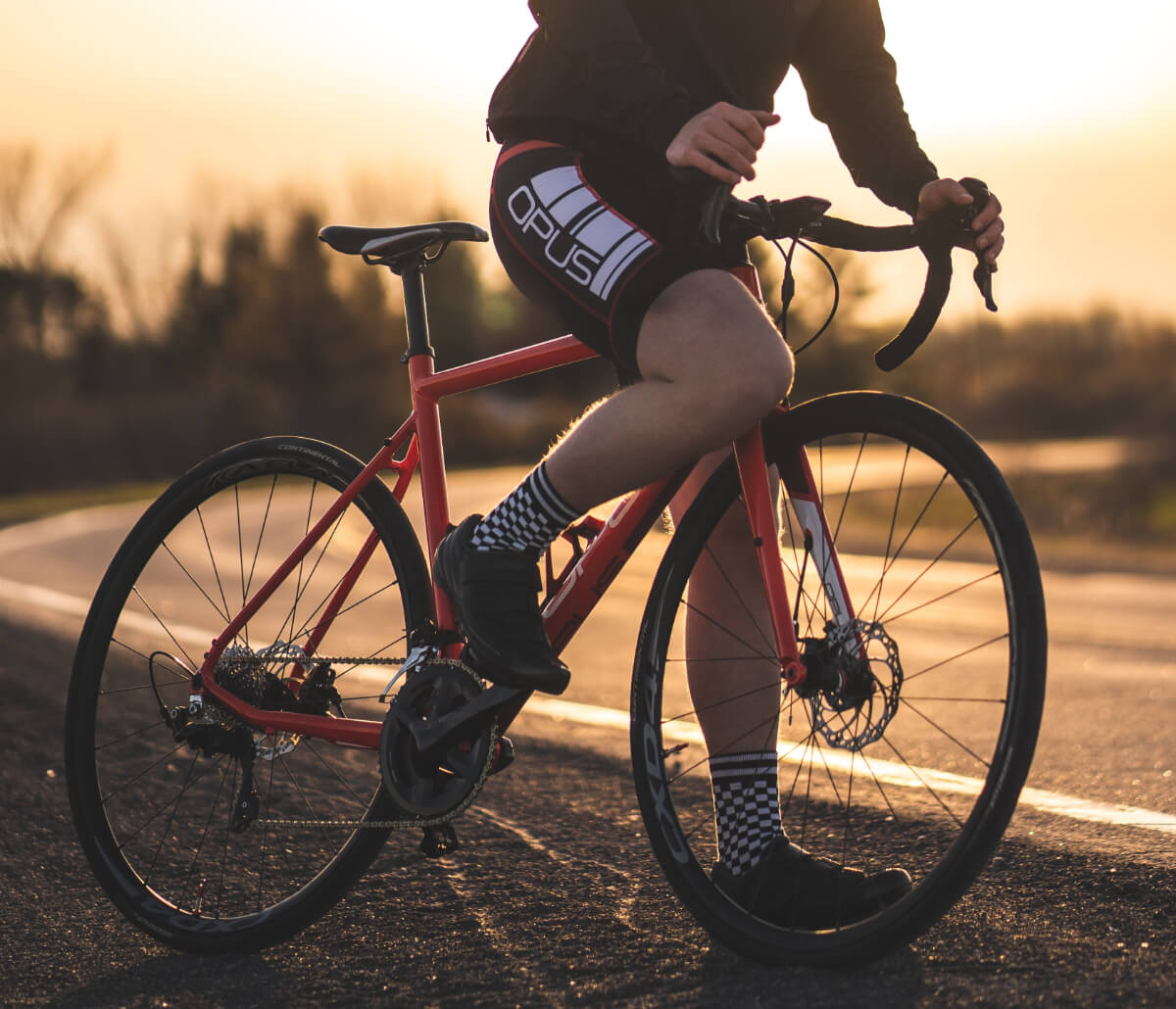
The angle of a bike seat is not a one-size-fits-all feature; it varies significantly across different cycling disciplines, each serving a specific purpose.
Road Cycling
In road cycling, seats are generally angled slightly downward or kept flat. This design aids in aerodynamics and allows the rider to maintain a tucked position for extended periods, optimizing speed and efficiency.
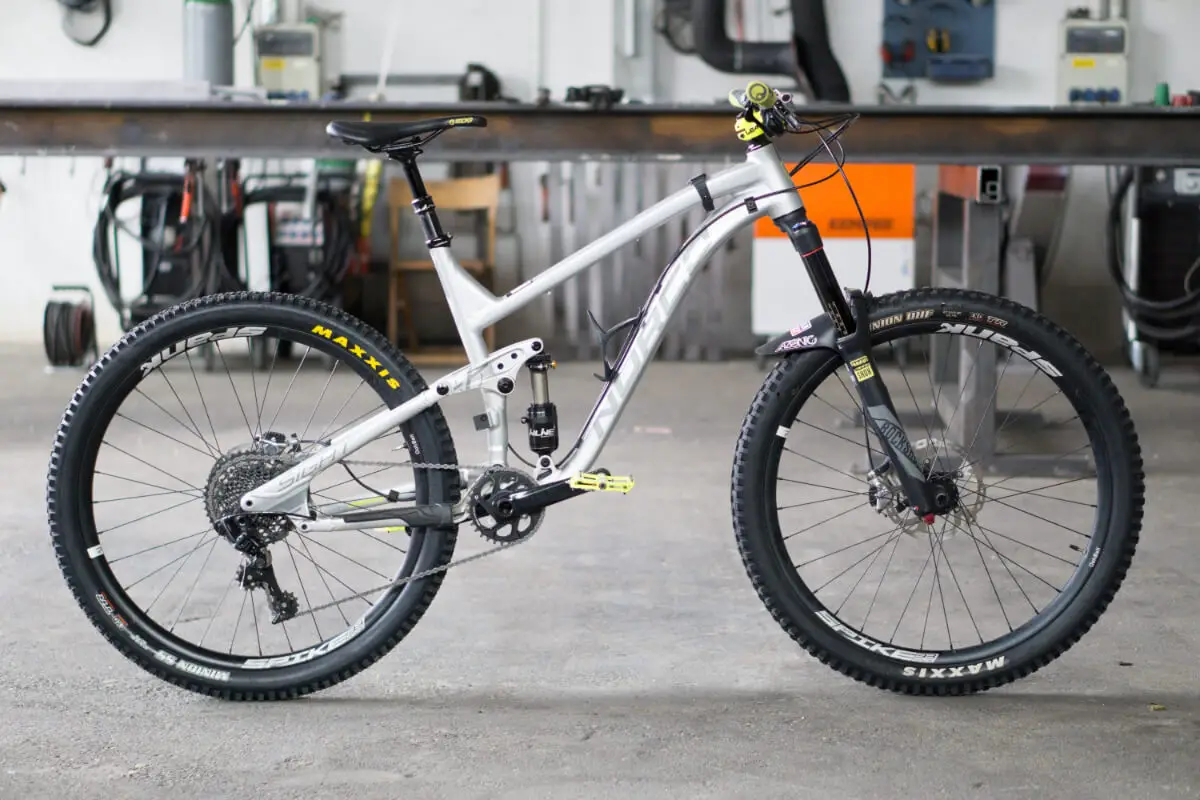
Mountain Biking
Mountain bike seats are often angled slightly upward or kept level. The upward tilt helps with uphill climbs, providing better weight distribution and reducing the strain on the lower back. It also offers better control during descents.
Time Trial/Triathlon
In time trial and triathlon bikes, the seat is usually tilted slightly forward. This angle helps the rider maintain an aggressive, aerodynamic position, crucial for achieving high speeds over long distances.
BMX
As discussed, BMX seats are typically angled upward. This design enhances control during tricks and jumps, improves weight distribution, and adds to rider comfort.
Touring
Touring bike seats are generally flat or slightly tilted upward for comfort during long rides. The design aims to reduce pressure points and distribute weight evenly, essential for multi-day journeys.
How to Choose the Best Seat Angle for a BMX Saddle
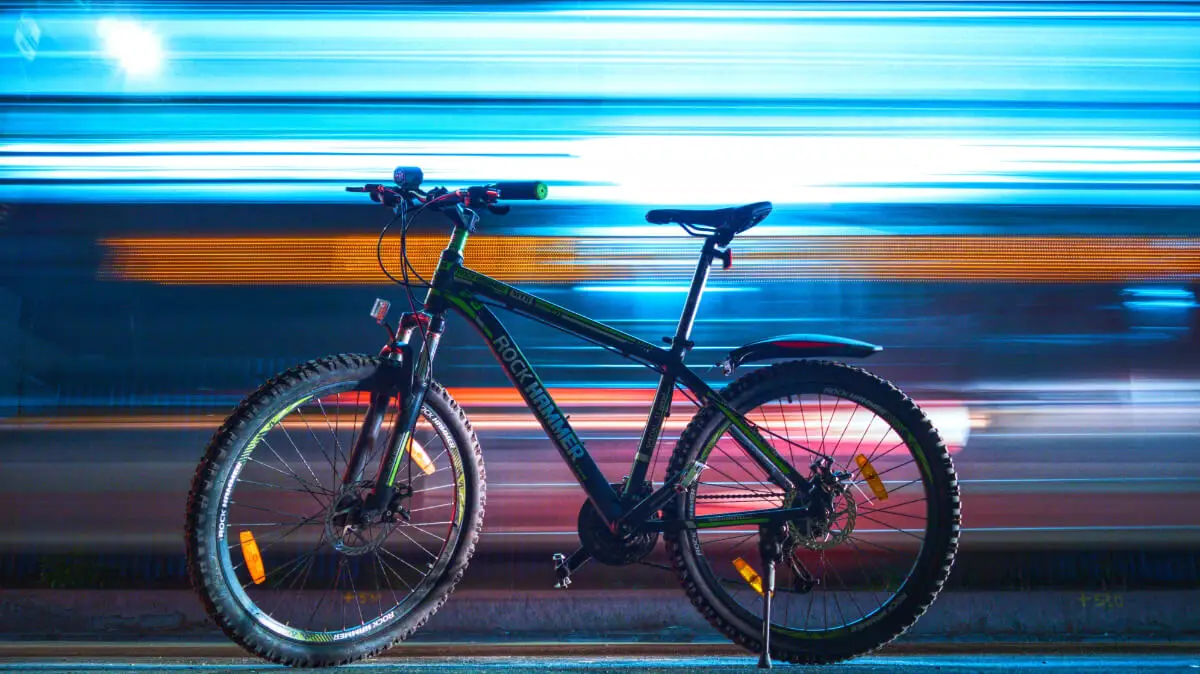
Selecting the right seat angle for your BMX bike is a blend of personal preference and riding style. Here are some guidelines to help you make an informed choice:
Assess Your Riding Style
Different BMX disciplines like street, park, flatland and dirt have varying demands. If you’re into tricks and jumps, a more angled seat may offer better control. For general cruising or flatland riding, a less aggressive angle might suffice.
Comfort is Key
Pay attention to how the seat angle affects your comfort, especially during extended rides. If you find yourself constantly adjusting your position, it may be worth experimenting with a different angle.
Test Rides
The best way to find your ideal seat angle is through test rides. Spend some time riding with different seat angles and notice how each impacts your control, comfort, and trick execution.
Consult the Pros
Don’t hesitate to seek advice from more experienced riders or professionals in the field. They can provide valuable insights into what works best for specific tricks or riding conditions.
Adjustability
Consider seats that offer easy adjustability. This allows you to fine-tune the angle based on your needs, giving you the flexibility to adapt to different riding scenarios.
Adjusting your BMX Seat Angle on a BMX
Changing the seat angle on a BMX bike is a straightforward process that requires a few basic tools.
For most BMX bikes the only tool you need is an Allen key. They’re easy to get ahold of and most bikes require the same size.
Steps
- Loosen the Seat Clamp: The seat clamp bolt Use an Allen wrench or adjustable wrench to loosen this bolt.
- Adjust the Angle: Once the bolt is loosened, you can freely adjust the angle of the seat. Tilt it upward or downward to your desired position.
- Check Alignment: Make sure the seat is aligned properly with the bike frame. Misalignment can lead to discomfort and control issues.
- Tighten the Bolt: After setting the angle, tighten the seat clamp bolt. If you have a torque wrench, consult your bike’s manual for the recommended torque settings and adjust accordingly.
- Test Ride: Take a short ride to ensure the new angle feels comfortable and offers the control you need. Make further adjustments if necessary.
- Final Check: After the test ride, it’s a good idea to double-check the bolt’s tightness to ensure it hasn’t loosened during the ride.
Frequently Asked Questions
What is the optimal seat angle for a BMX?
Seat angles aren’t measured in the same was as tire pressure is. Loosely tighten your saddle and take a quick ride to check how the saddle feels. Then adjust it a few times to see what you find most comfortable.
What are the benefits of having an angled BMX seat?
An angled BMX seat offers better control during tricks, improved comfort by reducing lower back pressure, and enhanced trick execution by facilitating techniques like “pinching” the seat. Additionally, the angle can add a unique aesthetic appeal to your bike.


